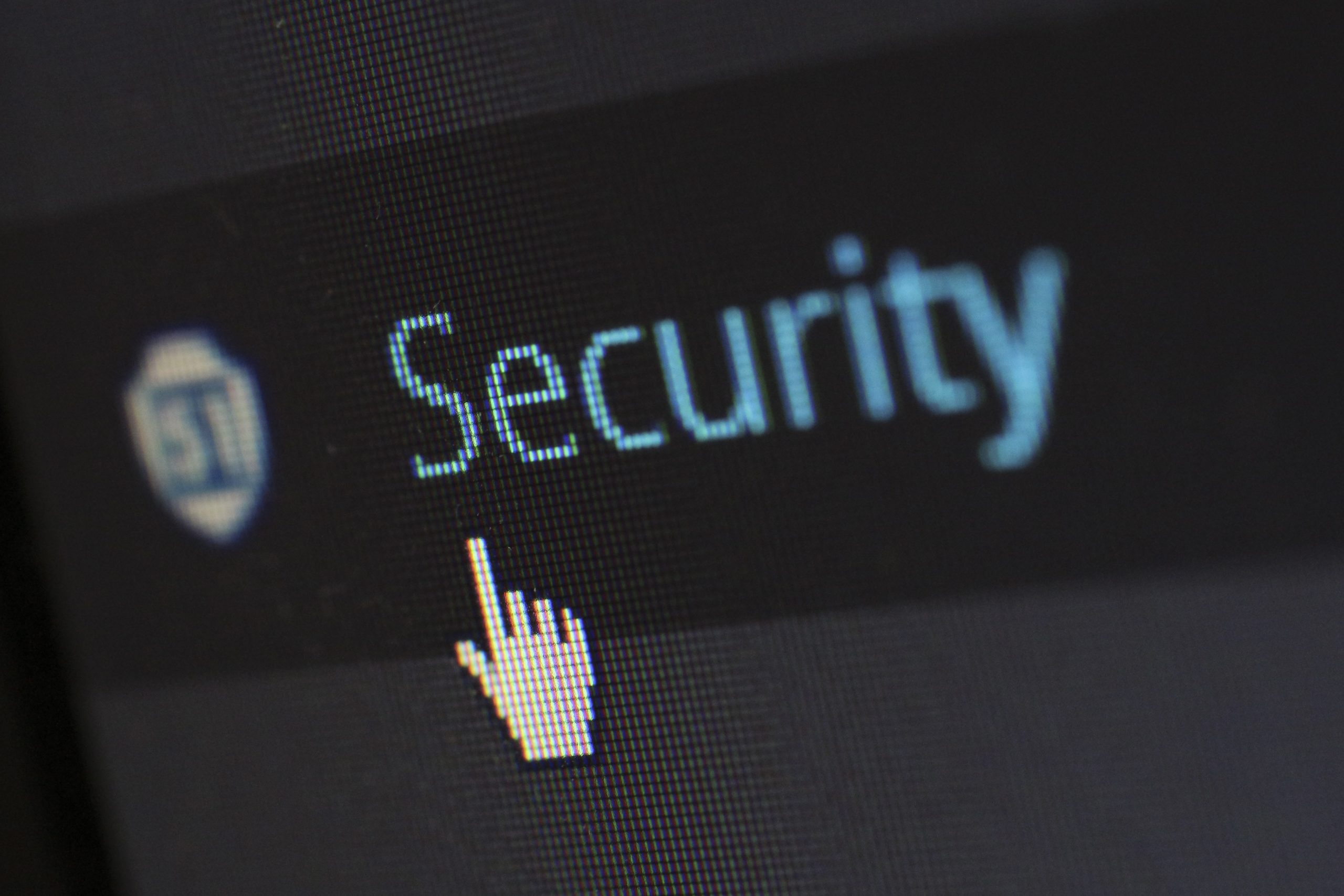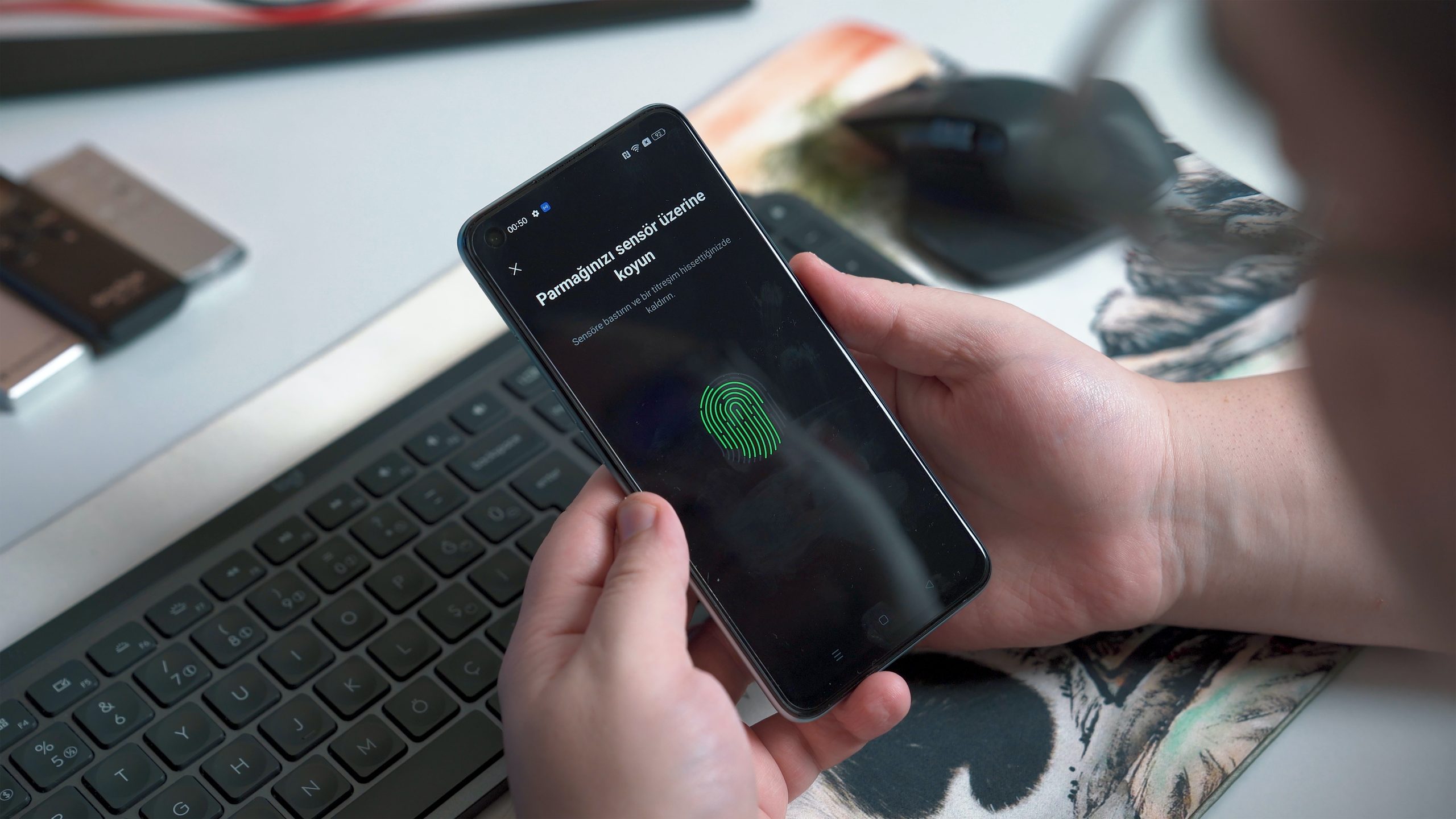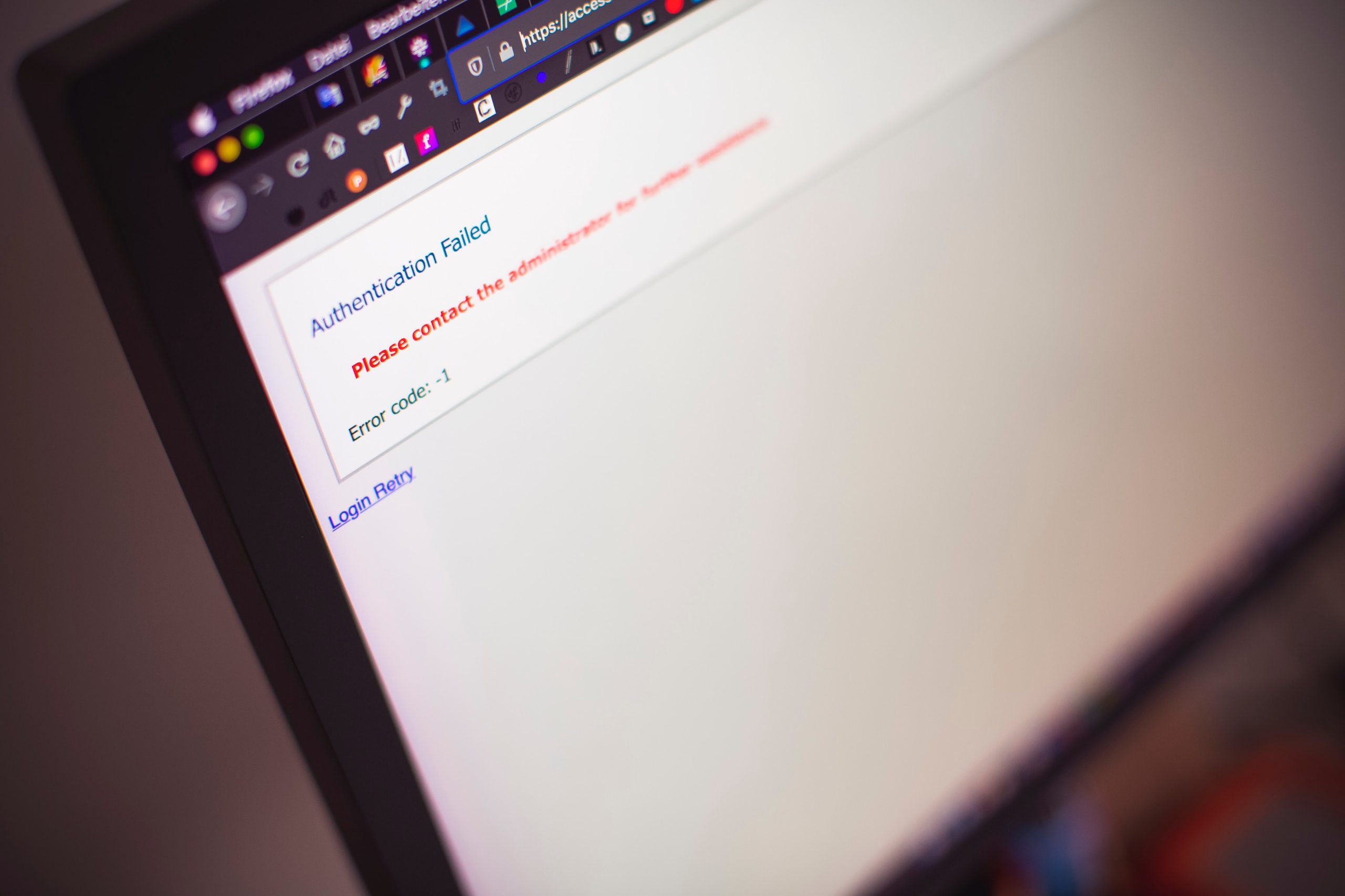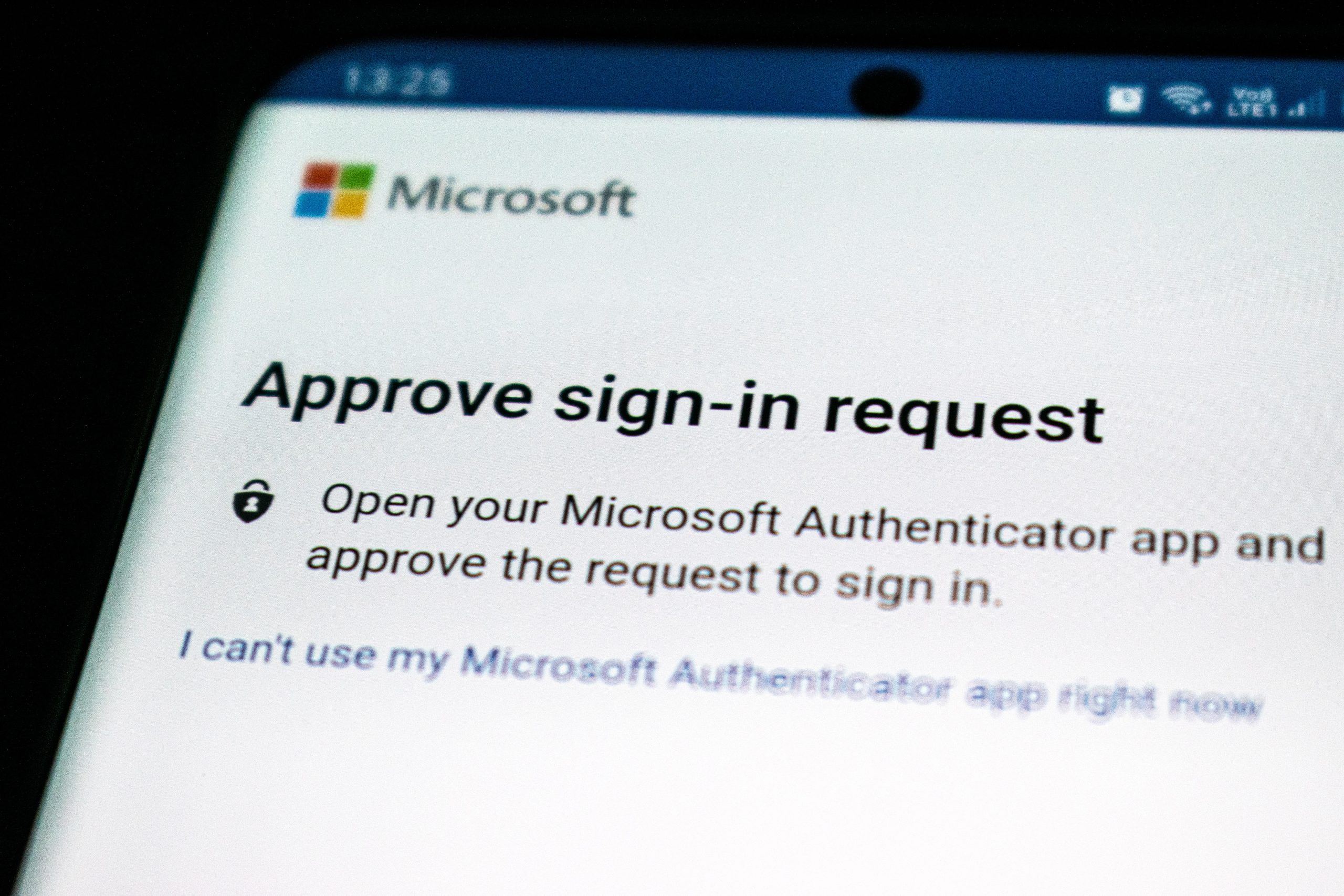Are you tired of constantly resetting passwords and worrying about your online security? Look no further than Multi-Factor Authentication (MFA), the superhero of the digital world. MFA is a powerful tool that adds an extra layer of protection to your online accounts, making it nearly impossible for hackers to gain access. In this article, we will explore what exactly MFA is and why it has become an essential defense mechanism in today’s cyber landscape. Get ready to unleash the power of MFA and take back control over your online presence.
Defining MFA and its significance
Multifactor authentication (MFA) is a security measure designed to protect personal information and prevent unauthorized access to digital accounts. It goes beyond the traditional username and password login by requiring at least two different types of credentials for authentication, such as a fingerprint scan, an SMS code, or a biometric face recognition. MFA provides an additional layer of protection against cyberattacks and enhances digital security.
The significance of MFA cannot be overstated in today’s increasingly connected world. Hackers are constantly evolving their techniques to gain unauthorized access to sensitive data, making it crucial for individuals and organizations to implement robust security measures. By using multiple factors for authentication, MFA makes it extremely difficult for attackers to compromise accounts even if they manage to obtain one factor, such as a stolen password. It adds an extra hurdle that significantly reduces the risk of successful intrusion attempts and helps safeguard personal information from falling into the wrong hands. Embracing MFA is an essential step towards ensuring the privacy and integrity of online identities in today’s digital landscape.
 Importance of secure authentication methods
Importance of secure authentication methods
With an ever-increasing number of cyber-attacks and data breaches, the importance of secure authentication methods cannot be overstated. Traditional password-based authentication is no longer sufficient to protect sensitive information. Hackers are becoming increasingly sophisticated in their methods, using tactics such as brute force attacks and phishing scams to gain access to personal accounts. This highlights the need for multi-factor authentication (MFA) as a crucial defense mechanism.
MFA adds additional layers of security by requiring users to provide multiple forms of verification before granting access. This could involve something the user knows (such as a password), something they have (like a mobile device or token), or something they are (biometric identifiers such as fingerprint or voice recognition). By incorporating these different factors, MFA significantly reduces the risk of unauthorized access, even if one factor is compromised.
Implementing MFA not only safeguards individuals’ personal information but also strengthens the security posture for businesses and organizations by minimizing the potential for data breaches. Additionally, MFA can help prevent account takeovers and identity theft, which can lead to significant financial losses and reputational damage. As more sensitive information gets digitized and stored online, it is vital to prioritize secure authentication methods that effectively combat evolving threats in today’s digital landscape.
How MFA works to protect against cyberattacks
One of the most effective ways to protect against cyberattacks is through Multi-Factor Authentication (MFA). This robust security measure adds an extra layer of protection beyond just a username and password. By requiring multiple factors for login, such as something you know (password), something you have (smartphone or token), and something you are (biometric fingerprint or face recognition), MFA significantly reduces the risk of unauthorized access.
MFA works by verifying each factor independently before granting access to a user. Hackers often rely on stolen or weak passwords to gain entry into systems, but with MFA in place, even if they manage to obtain the password, they would still require physical possession of another device or biometric data. This means that even if one factor is compromised, it becomes extremely difficult for hackers to bypass the additional layers of authentication.
Moreover, MFA provides real-time alerts and notifications when unusual login attempts occur. This allows users to quickly identify any suspicious activity so that immediate action can be taken to prevent a potential breach. Additionally, some advanced MFA solutions offer adaptive authentication capabilities, which analyze various factors like user behavior patterns and location information to assess the level of trust before granting access. By adding this context-awareness layer, MFA ensures that only authorized users can gain entry while keeping cybercriminals at bay.
 Different types of MFA methods available
Different types of MFA methods available
One of the most common methods of multi-factor authentication (MFA) is the use of something you know, such as a password or PIN, along with something you have, like an access card or smartphone. This method ensures that even if someone manages to acquire your password, they would still need physical possession of your access device to gain entry. However, relying solely on something physical can be inconvenient and susceptible to loss or theft.
To address these concerns, biometric MFA methods have gained popularity in recent years. Biometrics utilize unique physical characteristics such as fingerprints, iris patterns, or facial features to verify identity. This not only eliminates the need for remembering a complex password but also adds an extra layer of security since these characteristics are difficult to replicate or fake.
For those who require even stronger security measures, adaptive MFA offers a dynamic approach by analyzing various contextual factors before granting access. These factors may include location data, time of day, IP address matching with known addresses, and behavioral patterns. By taking into account this information alongside traditional authentication methods like passwords and biometrics, adaptive MFA is continuously adapting its security protocols based on the current circumstances for better protection against unauthorized access.
These different types of MFA methods provide various layers of security that go beyond simply relying on passwords alone. From using a combination of knowledge with possession to incorporating biometrics and adaptive techniques that analyze contextual information – each method enhances our ability to safeguard valuable personal and sensitive data from potential threats in this increasingly digital age.
Benefits of implementing MFA for businesses
Implementing multi-factor authentication (MFA) is a crucial step for businesses looking to enhance their security measures. The primary benefit of MFA lies in its ability to provide an additional layer of protection beyond the traditional password-based systems. By requiring users to provide multiple forms of verification, such as a password and a unique code sent to their registered mobile device, MFA significantly reduces the likelihood of unauthorized access.
One key advantage of implementing MFA is that it helps protect against various cyber threats, including phishing attacks. Even if an attacker manages to obtain a user’s password through deceptive tactics or data breaches, they would still require the additional factors for authentication. This ensures that even if passwords are compromised, there is an extra barrier preventing unauthorized access.
Furthermore, MFA can also minimize the risk associated with weak or reused passwords. According to various studies, many individuals reuse passwords across different accounts or opt for simple and easily guessable combinations. With MFA in place, even if an individual chooses a weak password, they will still need the second factor for successful authentication. This provides an added layer of defense by reducing the chances of account breaches resulting from weak credentials.
In conclusion, implementing MFA offers numerous benefits for businesses seeking robust security measures. It not only strengthens protection against cyber threats like phishing attacks but also mitigates risks associated with weak passwords often employed by individuals across multiple platforms. By incorporating multi-factor authentication into their systems, businesses can enhance their overall security posture and safeguard sensitive data effectively.
 Potential challenges in implementing MFA
Potential challenges in implementing MFA
One potential challenge in implementing Multi-Factor Authentication (MFA) is user resistance. While MFA adds an extra layer of security, it also introduces additional steps for users to access their accounts. Some users may find this process cumbersome and frustrating, leading to potential resistance or even refusal to adopt MFA. To overcome this challenge, organizations need to educate their employees or users on the importance of MFA and its role in protecting sensitive information. By presenting MFA as a necessary safeguard against cyber threats and emphasizing its benefits, such as reducing the risk of unauthorized access, organizations can encourage user acceptance and adoption.
Another challenge in implementing MFA is the complexity of managing multiple authentication factors across various systems and platforms. This complexity increases exponentially as organizations adopt more applications and services that require separate sets of credentials. IT teams may struggle with interoperability issues, integration complexities, and ensuring a seamless user experience across all devices. To address this challenge, organizations should invest in centralized identity management systems that provide a single point of administration for all authentication factors. These systems streamline the management process while improving security by eliminating the need for users to remember multiple passwords or authentication methods across different platforms.
In conclusion, while Multi-Factor Authentication offers significant benefits in terms of enhanced security, there are challenges involved in its implementation. User resistance can be overcome through education and communication about the importance of MFA for protecting sensitive information. Additionally, managing multiple authentication factors can be simplified by investing in centralized identity management solutions that provide seamless integration across various systems.
Conclusion: The crucial role of MFA in safeguarding data
In conclusion, the importance of MFA cannot be overstated when it comes to safeguarding data. With the increasing frequency and sophistication of cyber attacks, relying solely on a password for protection is simply not enough. MFA adds an additional layer of security by requiring users to provide multiple forms of verification before accessing sensitive information.
One key advantage of MFA is its ability to mitigate the risk of password theft. Even the strongest passwords can be cracked or stolen through techniques like phishing or brute force attacks. By incorporating factors such as biometrics, hardware tokens, or SMS codes alongside passwords, MFA significantly reduces the chances of unauthorized access.
Moreover, MFA also plays a crucial role in securing remote access. As more organizations embrace remote work options, employees are often required to connect to corporate networks from external locations or personal devices. This introduces new vulnerabilities that can be exploited by malicious actors. Implementing MFA ensures that even if an attacker manages to obtain login credentials, they would still need additional verification methods before gaining access.
Overall, while no security measure can guarantee complete protection against cyber threats, implementing multi-factor authentication is a vital step towards fortifying data security. By deploying this robust defensive strategy, individuals and organizations alike can greatly enhance their resilience against potential breaches and maintain greater control over their valuable information.



